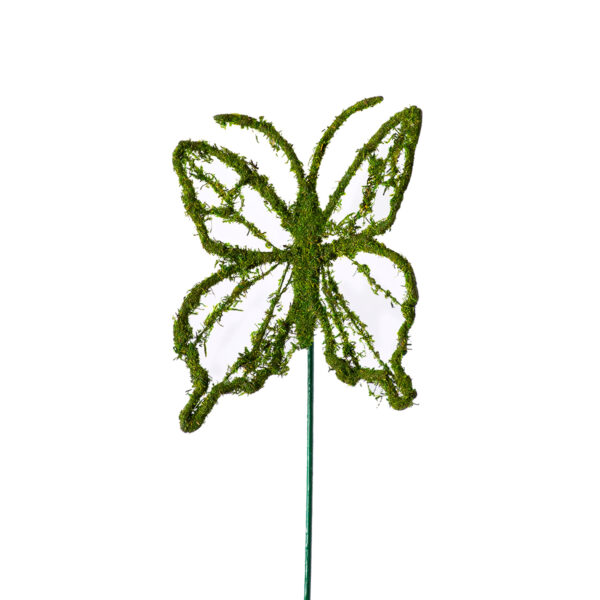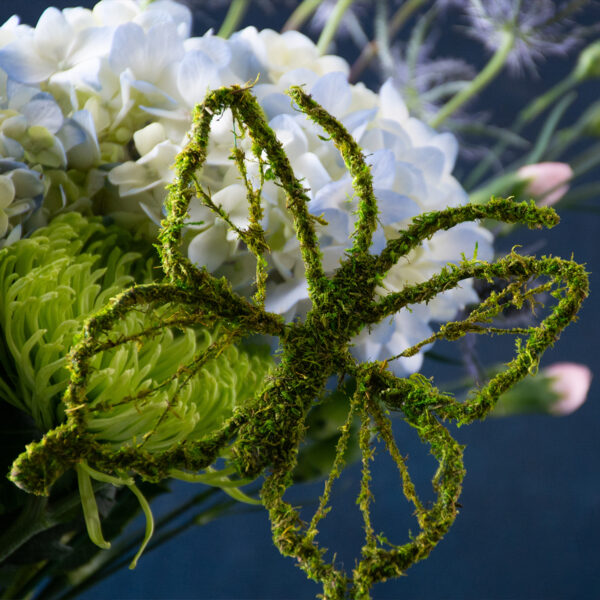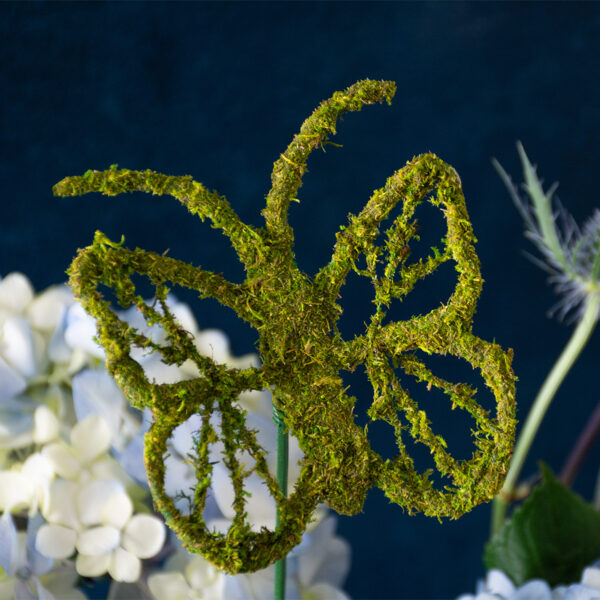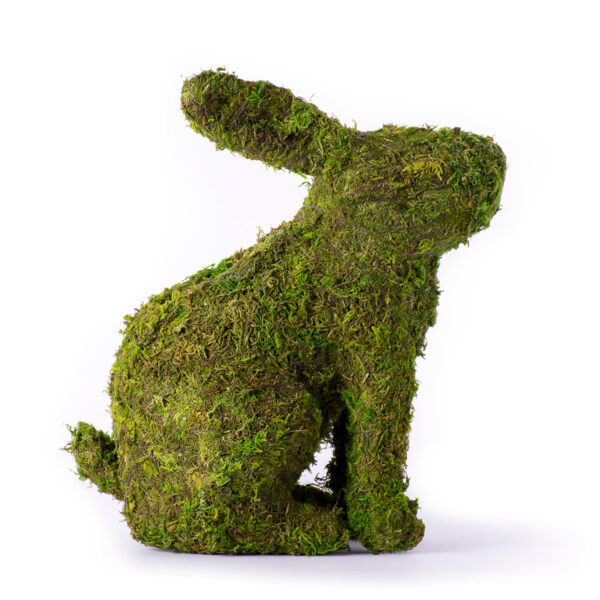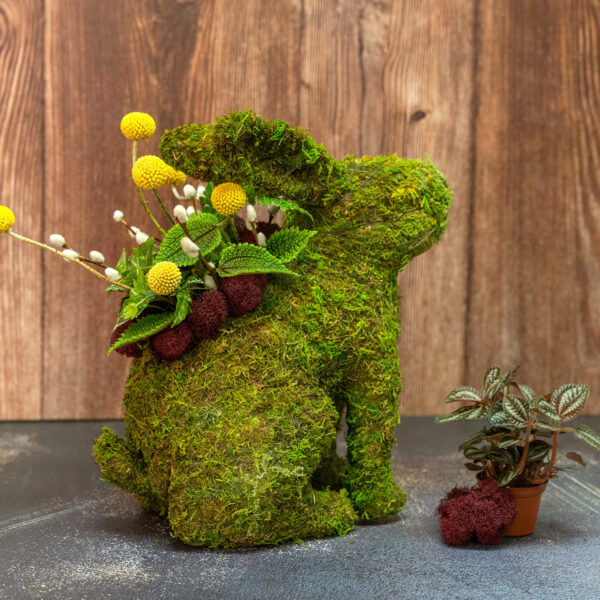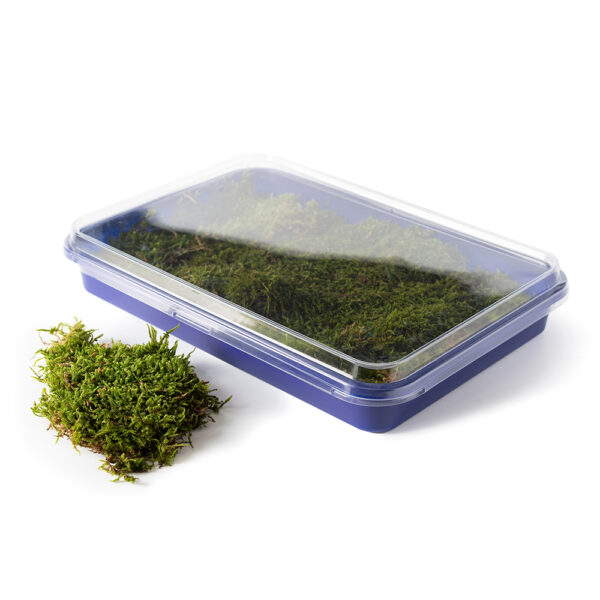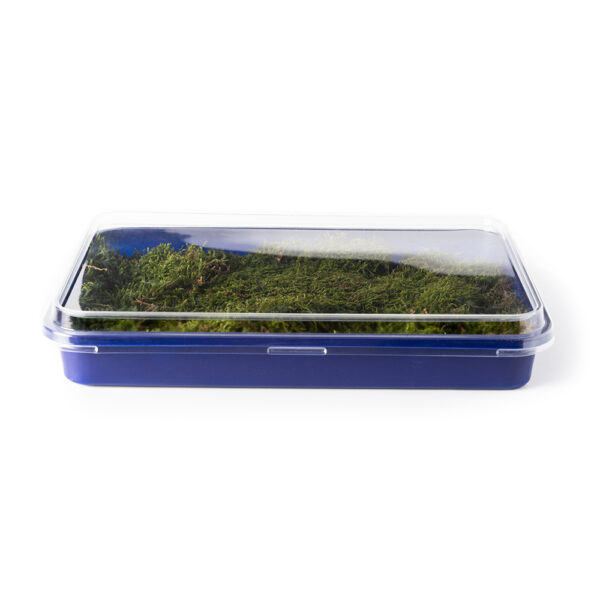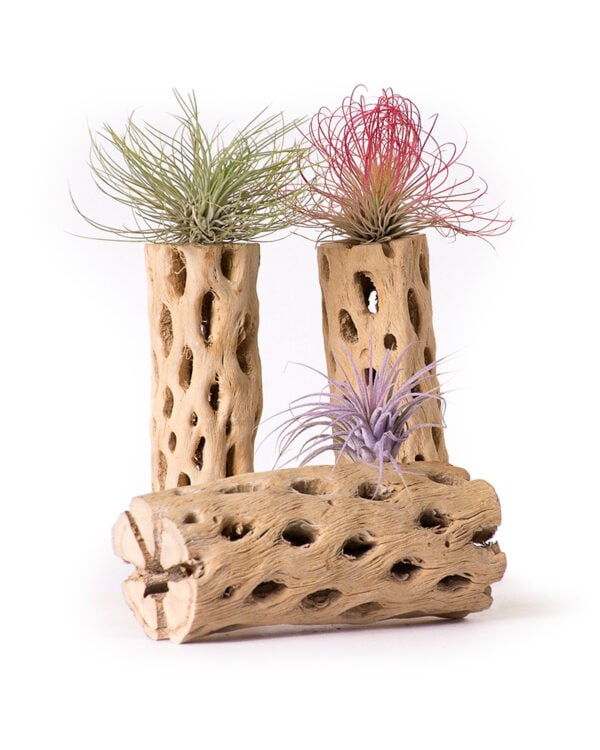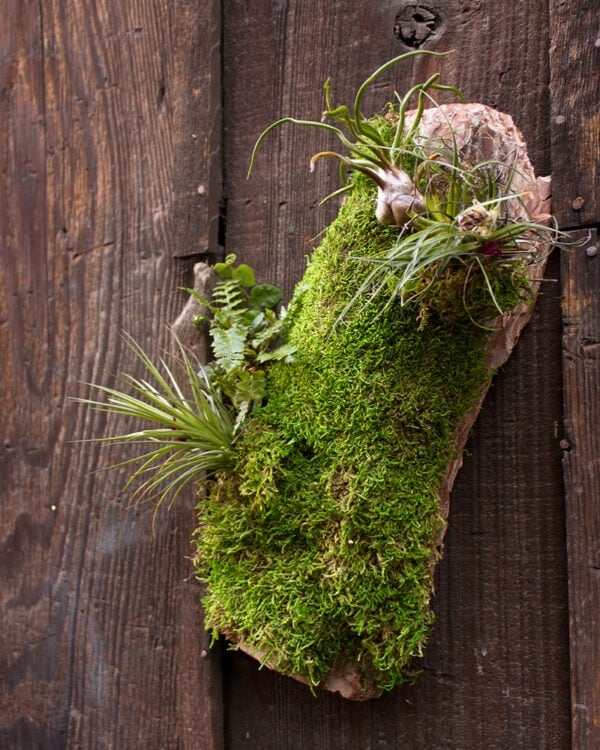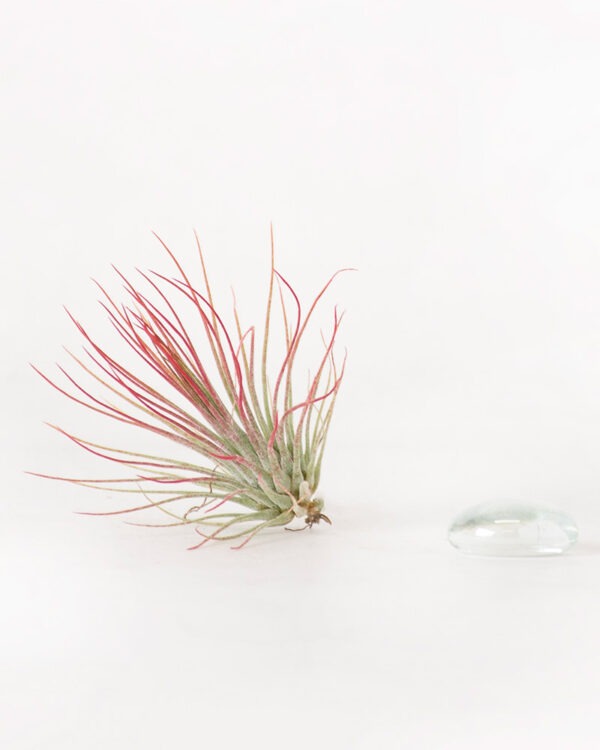





Shop moss in any style
Explore our SuperMoss Catalog 2026

Sustainable Practices
Our materials are thoughtfully selected from suppliers who share our commitment to protecting the planet. From sourcing to production, every step of our process is designed with care for both nature and quality craftsmanship.

Quality Materials
Each item is carefully cleaned, prepared, and handled to maintain its natural integrity and durability. Our commitment to excellence ensures that you receive products that not only look beautiful but also stand the test of time. Quality for us means care—from the materials we select to the finished product you enjoy.

Inspired by our Community
Your creativity drives us to continuously refine our designs and develop new products that bring your visions to life. We truly value your ideas and feedback, creating with you—and for you. Every product we make is a reflection of our shared passion for nature, design, and craftsmanship.

Committed to the Earth
We partner with organizations dedicated to conservation and environmental stewardship, helping nurture a greener future for generations to come. Nature has given us so much to create and grow with—giving back is our way of showing gratitude. Our ongoing commitment ensures that sustainability remains at the heart of everything we do.
Sustainable Practices
Quality Materials
Inspired by our Community
Committed to the Earth
As featured in



















About SuperMoss
SuperMoss began with a simple love for nature and a single garage. Our founder, a passionate gardener and former garden center owner, saw the potential in natural materials to bring warmth and creativity into homes and gardens. What started as a small, family-driven project has grown into one of the most trusted names in decorative moss, floral supplies, and garden-inspired design.











